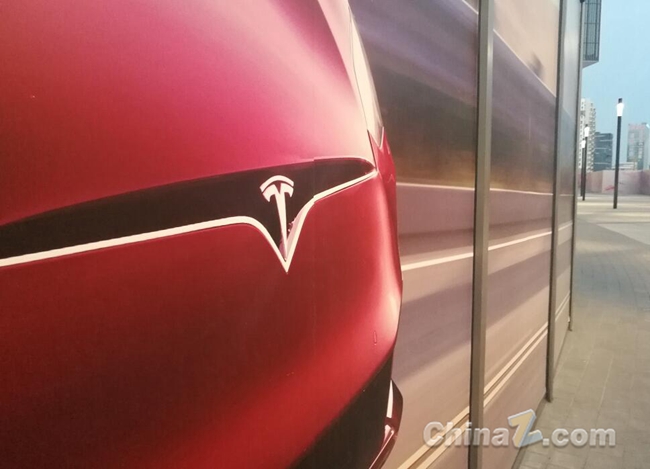In recent market dynamics, the stock price of online car rental platform Lyft fell by 7%, but this did not stop the company from pursuing its vision for the future of mobility. According to the latest reports, Lyft plans to deploy hundreds of robot taxis equipped with TensorAI technology starting in 2027. This move marks an important step for Lyft in the fields of autonomous driving and artificial intelligence, which could change the way people travel in cities.
With the rapid development of technology, smart transportation is gradually becoming a focal point for major transportation platforms. Lyft's plan implies that future taxis may no longer require human drivers, but instead be controlled by advanced artificial intelligence systems. This shift can not only reduce operational costs but also enhance the safety and convenience of travel. TensorAI is an emerging artificial intelligence technology that can process complex data in real time, thereby optimizing vehicle navigation and driving decisions.
Lyft's robot taxis will be initially deployed in specific areas, possibly in cities with more mature technological development. The company states that it is communicating with local governments and relevant agencies to ensure these intelligent taxis can be on the road smoothly. Although this plan is still in its early stages, it undoubtedly opens up new directions for Lyft's future development.
At the same time, Lyft is not the only company focusing on smart mobility. Other competitors in the market, including Waymo and Uber, are also actively developing and testing autonomous driving technology. Facing competition, Lyft must accelerate the iteration of its technology to ensure it holds a place in the future mobility market.
Lyft's robot taxi plan is not only a demonstration of technological progress but also signals a significant transformation in the way people travel. Although there are still many challenges at this stage, such as policy regulations and public acceptance, these issues are expected to be resolved in the future with the advancement of technology.










